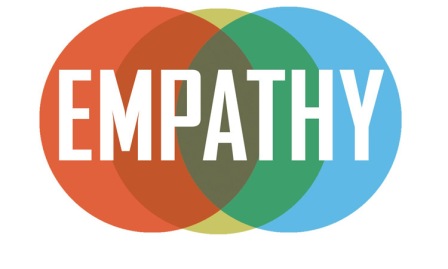How can we ensure the success of customer engagements in the contact centre in this rapidly evolving digital world? Johan Toll, Executive Director Transformations, from IPsoft explains how emotional intelligence can be applied to artificial intelligence (AI).

In 1995, psychologist Daniel Goleman mapped the five components critical to emotional intelligence: motivation, self-awareness, self-regulation, empathy and social skills. As the customer service function within retail organisations has grown, emotional intelligence skills have become increasingly important to an industry where the daily rigors of productivity and efficiency are tied to the quality of interactions.
Yet, the growing use of automated technology has made delivering emotionally cognizant customer service in the call centre increasingly challenging. Cutting edge technologies, like artificial intelligence (AI), are helping retailers to reduce telephone wait times and improve resolution rates to such an extent, that AI-powered virtual assistants are predicted to form the backbone of a quarter of all customer service operations by 2020.
Not all virtual assistants are created equal and unfortunately most simple chatbots are unable to deal with the more complex and nuanced requests we actually face. So, organisations are now deploying sophisticated digital colleagues, such as Amelia, that can both respond to customers and act as whisper agents to human customer service workers, helping them provide faster and more accurate responses to complex requests.
As the entire make-up of the contact centre changes to become a hybrid-environment of human and digital colleagues, it’s important to reflect on how the emotional intelligence which underpins superior customer service can be maintained. Human and digital agents don’t have the same strengths, so we must look at how intelligent systems can augment the experience o contact centre agents without losing the “human touch”.
To help develop a blueprint for emotional intelligence in the human-AI hybrid workforce, we can look back to the five components as outlined by Daniel Goleman and see how the capabilities of both human and digital agents can work together to provide superior, more emotionally cognisant interactions and better outcomes. So, how do the five components of emotional intelligence apply to a hybrid workforce?
Motivation

Most contact centres have thankfully moved on from KPI models that incentivise churning through interactions quickly, to delivering more valuable interactions with positive outcomes.
However, while the motivations behind the service are beneficial to both the customer and company, the contact centre agents can find it exhausting to constantly be engaging and personable, and sometimes the cracks show – after all, they’re only human!
Digital agents can scale to any number of conversations, unconcerned and unfatigued whether they are spending 10 minute or 10 hours with a customer to achieve a positive outcome.
So, whether they are dealing directly with the customer or guiding the customer service provider as a whisper agent, the customer will always feel like they are the first call of the day.
Self-awareness and self-regulation
For a customer service agent, being aware of one’s own emotions and the impact it may have on your actions is an important skill. This is especially important (and difficult) when dealing with high-emotion customer service interactions, so having a digital colleague on hand to support in a whisper agent capacity can be invaluable. As the digital colleague analyses the customer’s language and mood to different responses, it can provide suggested answers that are likely to get the best response from that customer based on their emotional state and previous interactions.
For agents working on a complaints line, for example, most – if not all – of the customers calls they receive will, most likely, not be positive interactions. This can be exhausting for workers and may lead to the occasional confrontation. As digital colleagues are governed by strict rules on how to respond to different emotional states and situations, acting as a whisper agent can support human colleagues in always delivering the best response based on that particular customer’s emotional state, no matter how the agent may be feeling.
Empathy
We’ve all experienced situations where we could tell that a call centre representative wasn’t really listening and was hoping the call would end as soon as possible. On the other hand, we’ve all also experienced interactions where we’ve felt like the agent on the other side of the line had wanted the best possible outcome for us. It’s amazing how genuine empathy can colour an interaction.
Showing empathy is key means of developing rapport. But, for a digital agent, it has traditionally been much harder to show empathy, as there’s always a risk that a digital colleague could come across as insincere, cold and robotic when using empathetic language. Therefore, it’s important for digital assistants to have a layer of self-awareness when operating directly with customers, so that they can recognise conversations that requires a higher level of empathy and pass them onto a human agent.
Social skills

A symbiotic relationship


Johan Toll is Executive Director Transformations at IPsoft
For additional information on IPsoft visit their Website






